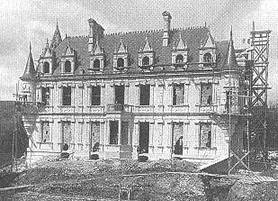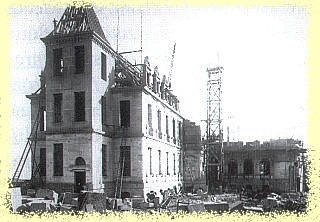The Origins of the Château
The chateau was built on a site that had belonged to the Chartreux and then to Philippe-le-Hardi, son of King Jean-le-Bon, the first Duke of Burgandy. It had been a fortified castle surrounded by vineyards. Then, in the early 19th century, Etienne Liégeard purchashed a parcel of the land. His son, Jean-Baptiste Liégeard bought more of the surrounding land, and then Stephen Liégeard, Etienne’s grandson, eventually bought the former Chartreux house that was situated on the property from the Darcy family, and constructed the most recent château on the land.
The Founder
Stephen Liégeard, an extremely well-educated and sophistcated man, was first and foremost a poet. He published his first work « Remeberance of Summer Nights » which consisted of poems and short plays, when he was only 22 years old. After receiveing critical acclaim for his work, he was even awarded a literary prize in 1894 by the Académie Française for his work titled « The Big Hearts ».
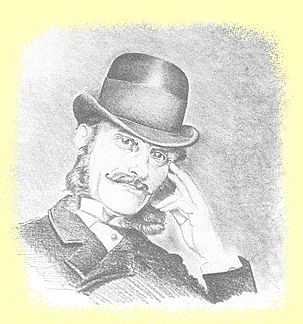
« La Côte d’Azur » was his major work for which he is most well remembered. He wrote it in Brochon in 1887 and it was published in Paris in 1888. It is, of course, a story about the French Riviera where he had bought a house, near Cannes, called « Villa des Violettes ». Liégeard, who had spent every winter in Southern France, along the Mediterrean Coast in a region called the French Riviera, was inspired by the beauty of the land, and by the maginifecent blue of the ocean to call the area « La Côte d’Azur ». For his work, written in an elegeantly articulate manner he was awarded the Bordin Prize by the Académie Française.Influential people in Paris were saying, at that time, how he had written a work of the highest quality. Meanwhile, he continued to churn out poetry to commemorate every event or ceremony he saw fit to memorialize.
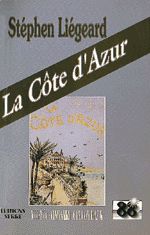
LLA COTE D’AZUR, by Stephen LIEGEARD, Reprinting of the work in which the name « Cote d’Azur » was coined in 1887 describing the Medieterrean Coast from Toulon to San Remo, printed on the 100th Anniversary of it’s original dtae.
To order it : http://www.serre-editeur.com/liegeard.html
The Model for « Sous- Préfet aux Champs »
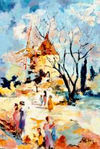
The short story « Des Lettres de Mon Moulin » was inspired by Stephen Liégeard and his impressive life. At the time he was serving in Carptentras as « sous-prefet », an appointed local governement official. There was something original about him that Alphones Daudet, his neighbor, had noticed : as a hig ranking civil servant Liégeard not only committed himself to his community, but he committed all his free time to poetry.
Liégeard dreamt of being admitted to the Académie Française, where he knew many people. After three unsuccessful attempts at induction (in 1891, 1892 and 1901) he had to give up. Certain people said he lost each time because of the Chambertin wine. (People joked that if he was admitted the panel of judges risked not receiving the many bottles of Chambertin wine that Liégeard offered them before each election !) But the real reason he was not accepted was because he was competeing against the likes of Pierre Loti, Edmond Rostand and Emile Zola.
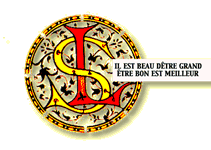
Despite his exciting and glamorous life and his coloassal fortune Stephen Liégeard remained a good and generous man, illustrated by his famous quote « It is beautiful to be big, but to be good is better. »
After having been a contributing member to many charitable foundations through his life he was put in charge of the Société Nationale d’Encouragement au Bien (SNEB) in 1897, a position he retained until 1921, retiring only after accomplishing many great things through the foundation.
The Construction of the Château
Stephen Liégeard wished to give the village of Brochon something spectacualr to be known by, a monumental reference point for Brochon. He also wanted an opportunity to show off his vast amounts of land, his large wealth and his refined and sophisticated taste. The Château that he ulitmately constructed in Brochon was the last of it’s kind to be constructed in the Cote d’Or. The construction of the Château began shortly after the Phylloxéra crises which had attacked the vineyards and ruined the financial prospects of many small businessmen in the Dijon area. Stephen Liégeard always had other people’s interest in mind, so he responded to this crisis by hiring many of the out-of-work men in the area to help build his château.
